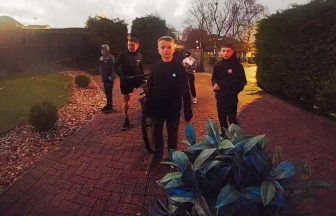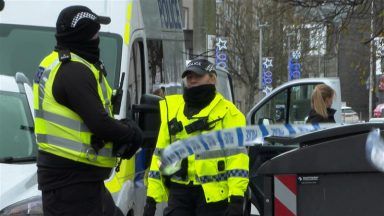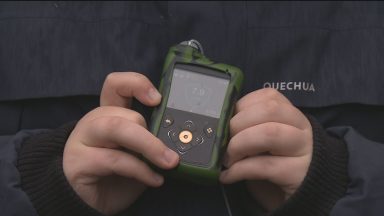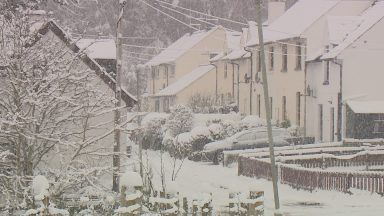A search has been launched for a rare Scottish bird of prey which “suspiciously” disappeared in England.
Known as Red, the Scottish female hen harrier was being monitored by the Royal Society for the Protection of Birds (RSPB) via a satellite tag.
The charity had been receiving regular location updates, but the tag has not transmitted since January 15 after Red left Tarras Valley Nature Reserve in Langholm.
She spent the winter in the Northern Pennines and her tag last showed her to be roosting on a grouse moor near Hamsterley Forest, County Durham.
Durham Police searched the area near the forest, but found no sign of the bird or the tag.
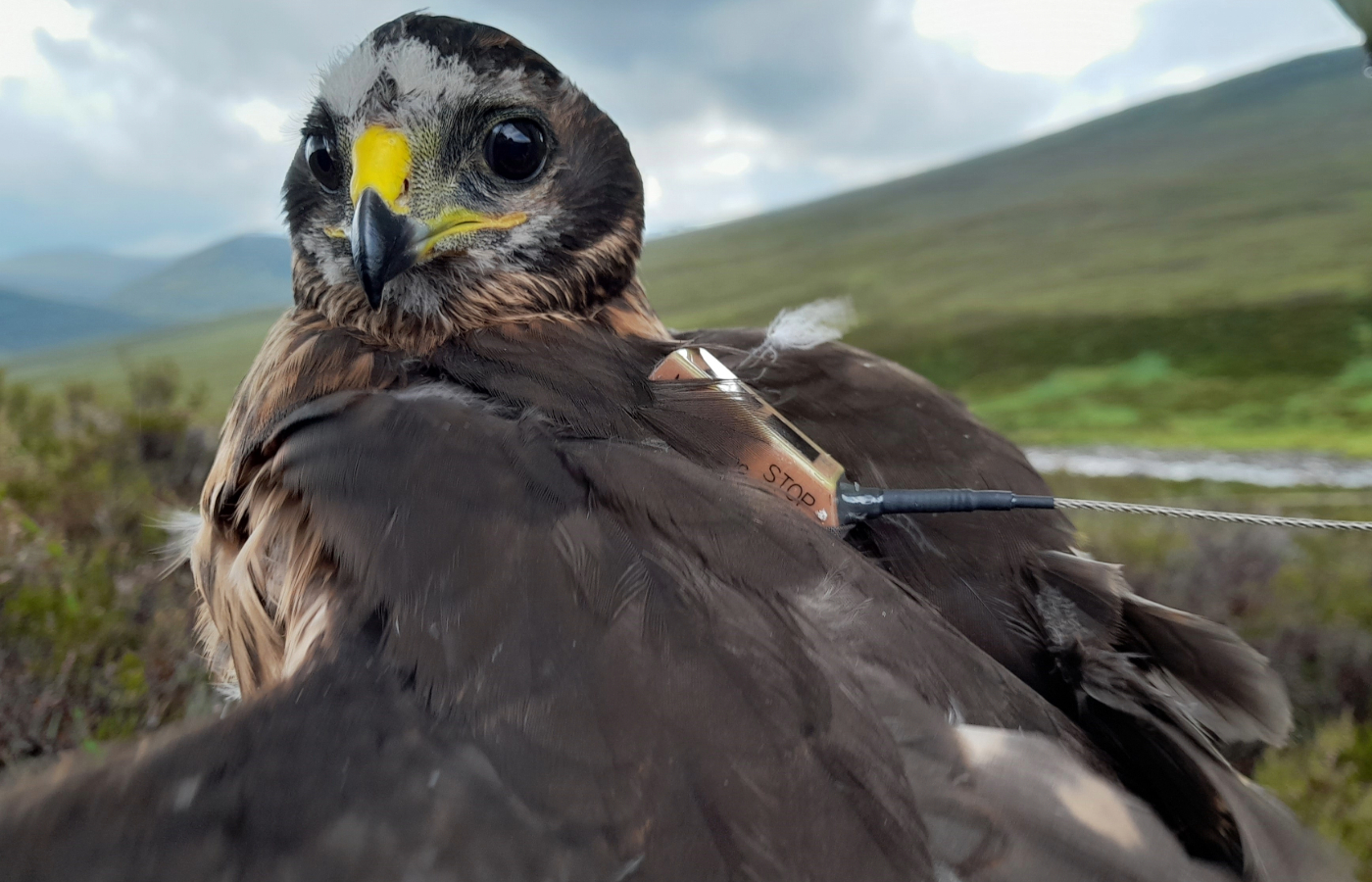 Supplied
SuppliedIt marks the eleventh Scottish hen harrier to have disappeared suddenly and without explanation in northern England in recent years, and the third from the Tarras Valley reserve alone.
The RSPB say this represents a “clear pattern of Scottish birds disappearing on or near English grouse moors”.
Will Hayward, RSPB senior investigations officer, said: “The disappearance of Red is a huge blow for a struggling species.
“Should a tagged bird die of natural causes, its tag would continue transmitting, allowing us to recover the body. This was not the case, which strongly suggests human interference.
“This latest incident follows a clear pattern of Scottish hen harriers disappearing on driven grouse moors in England. These birds do not respect administrative borders.
“We are pressing for the Westminster Government to follow Scotland’s example and introduce a licensing scheme for grouse and gamebird shooting, and with sanctions to remove the licence to shoot grouse if the police has evidence that wildlife protection laws have been broken.”
Jenny Barlow, spokesperson for Tarras Valley Nature Reserve, said: “There is always such a buzz of excitement and anticipation for our hen harriers to return each year to the Tarras Valley Nature Reserve here in Langholm.
“A real dedicated community and volunteer effort goes into monitoring and safeguarding our harrier chicks to give these magnificent birds the best possible start on our community-owned reserve.
“It is extremely sad news for us all to find out that one of our 2024 chicks won’t be making her way back home to us again.”
What are hen harriers and why are so many going missing?
Hen harriers are rare breeding birds on the red list of conservation concern, with illegal killing the key factor limiting their recovery.
Red, who was named by local schoolchildren, hatched in 2024 and was fitted with a satellite tag as part of an RSPB programme to gather more information about this rare and persecuted species.
The tags are worn like “tiny rucksacks” and continue to transmit even after a bird dies or if the tag is shed by the bird.
The RSPB said the unexpected loss of transmission “strongly suggests human interference”.
Two other hen harriers from Tarras Valley disappeared in similar suspicious circumstances in 2021 and 2022.
They were also last seen on English grouse moors.
Several more from elsewhere in Scotland, where 80% of the UK population breeds, have met with similar fates.
The birds are known for their acrobatic “skydancing” courtship display which they perform above upland moors in spring.
Despite full legal protection, they are heavily persecuted and the charity say killing continues to be the main factor limiting the recovery of the population.
Anyone who notices a dead or injured bird of prey in suspicious circumstances, is asked to call the police on 101 and fill in the RSPB’s online reporting form here.
Follow STV News on WhatsApp
Scan the QR code on your mobile device for all the latest news from around the country


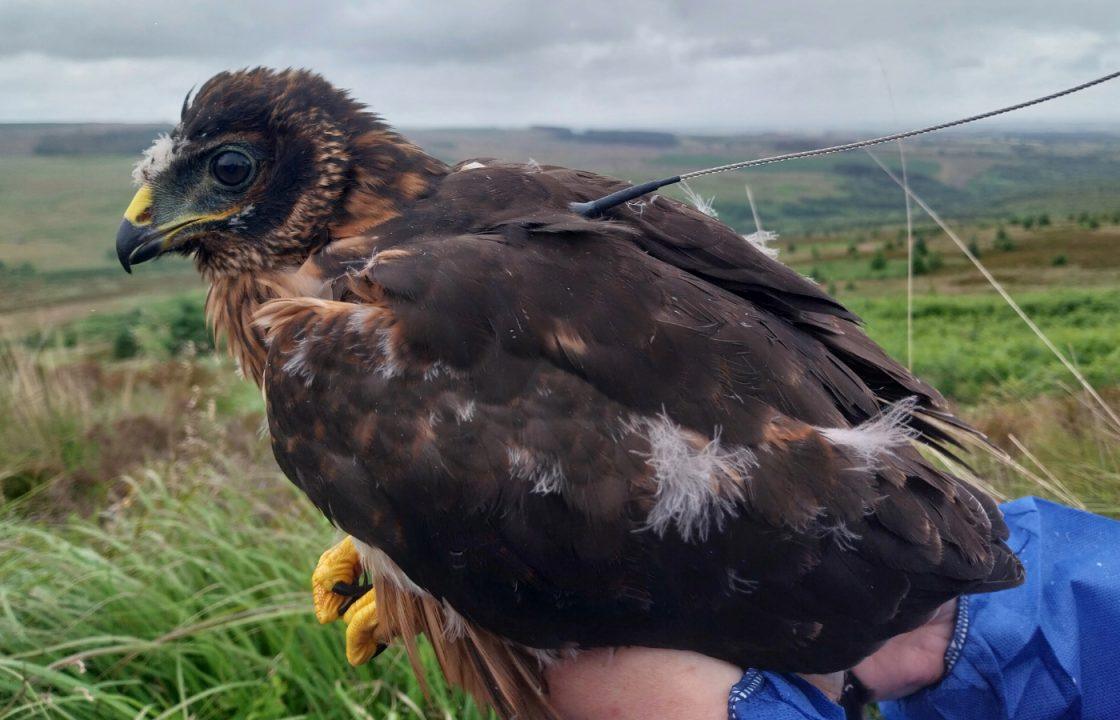 RSPB
RSPB



